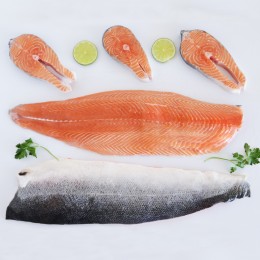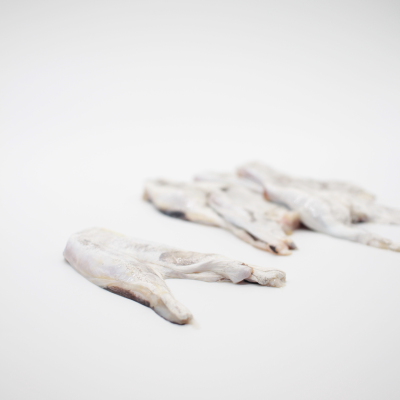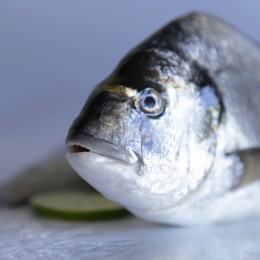The Cuttlefish (sepia officinalis), known in Galicia as “choco”, is a cephalopod that lives mainly in Mediterranean and Atlantic waters. It has a flat body and is surrounded by a skin crest, which it uses for swimming. It has ten tentacles, eight shorts one with two rows of suckers, and two long and retractable ones. It has a hard part, or shell, of a calcareous, keel-shaped nature. Like other cephalopods, it has an ink sac.
It can be found in markets throughout the year, although they tend to be caught on our coasts in the colder months. Its meat is firm, tasty and highly valued in the kitchen.
Cuttlefish is a low-fat food that provides both minerals (calcium, iron, iodine, magnesium, zinc, selenium and sodium) and vitamins, especially vitamins A and B (B1, B2, B3, B6, B9, B12), essential for supporting healthy skin and bones, as well as vitamin E, which works as a natural antioxidant.
The most popular way to enjoy it is grilled or with its ink. The larger cuttlefish are usually cut into pieces, while the smaller ones are often eaten whole, once cleaned. Less common but equally exquisite are stewed cuttlefish dishes, with potatoes or onions.
Name: Cuttlefish (Sepia officinalis)
FAO 3-alpha code: CTC
Catch or farming area: FAO-27
Sub-area: To be specified at time of delivery
Method of production: Captured
Fishing gear: Trawls
Store between: 0-4°C
IMPORTANT: The net quantity and expiry date of the product shall be specified at the time of delivery.





























